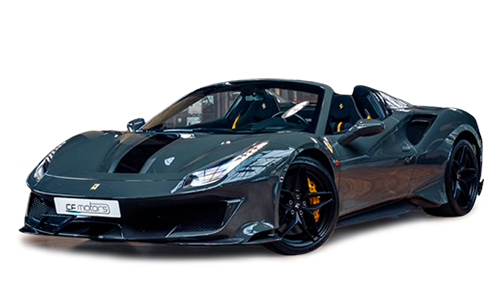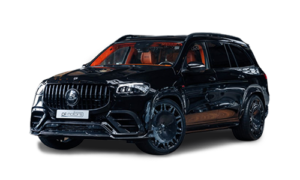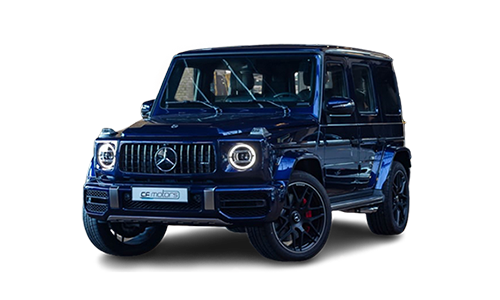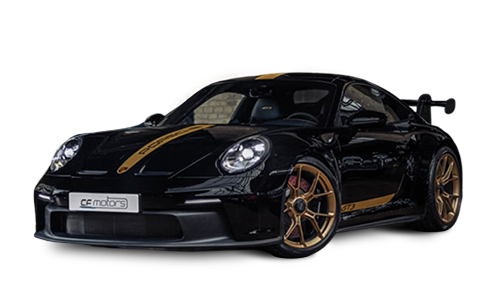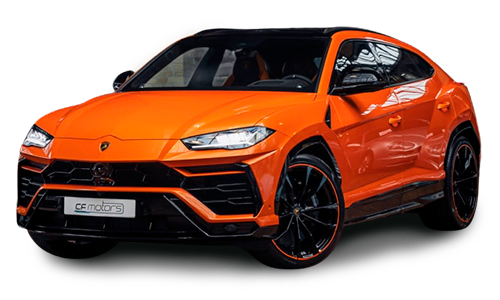10+ years experience
Quickly to the desired car
Personal contact
10+ years experience
Quickly to the desired car
Personal contact
10+ years experience
Quickly to the desired car
Personal contact
Rolls-Royce
Rolls Royce - The car brand of kings and icons of the 20th and 21st century! Hardly any brand symbolizes so much elegance and wealth and as the vehicles of the English manufacturer from Goodwood. Closely linked to the English aristocracy, Rolls Royce models are still the absolute spearhead of the luxurious automobile. A V12, the best materials and a stately appearance are the attributes that cause lovers of the brand to pay handsome sums for a new or used Rolls Royce. What is offered in return is an incomparable driving experience, also called the ́magic carpet ́, and workmanship that is second to none.
Also take a look at our large selection of vehicles from other manufacturers:
Are you interested in a special model from Rolls Royce? Our worldwide network enables us to find a vehicle for you that exceeds your expectations. In our offmarket area you will also find, after successful registration, changing offers of new and used Rolls Royce Cullinan, Ghost, Wraith and Phantom at fair prices. But also the latest models, such as the soon to be released Rolls Royce Spectre, which we only want to present to our handpicked customer base, you will soon find here.
Buy Rolls Royce available immediately

Rolls Royce models already sold

MODEL PALLET
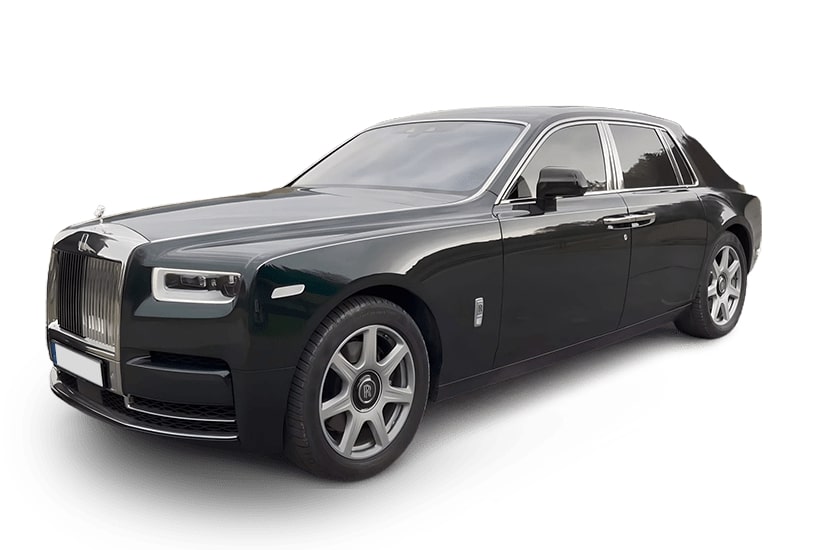
Rolls Royce Phantom MK8
Vehicle details
- Publication year: 2017
- Engine: 6.7 liters - V 12
- Power: 571 hp
- Body style: sedan
Rolls Royce Cullinan
Vehicle details
- Publication year: 2018
- Engine: 6.7 liters - V 12
- Power: 571 hp
- Body style: station wagon
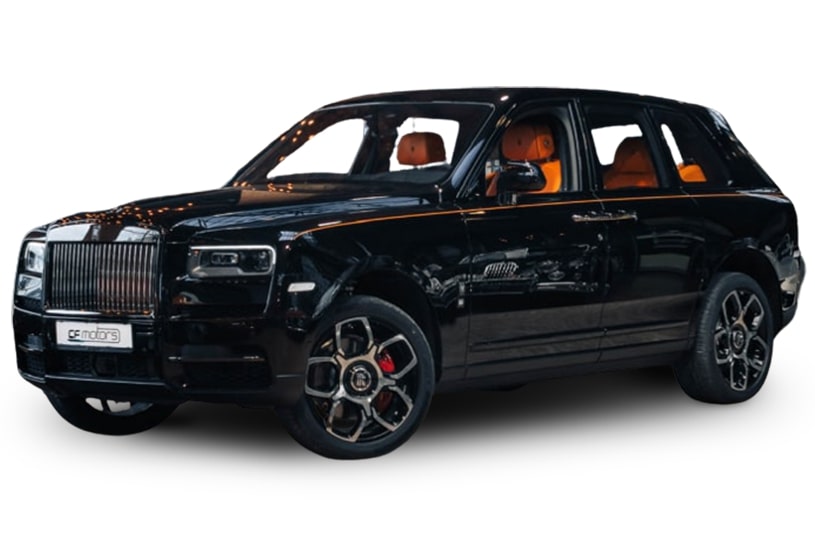
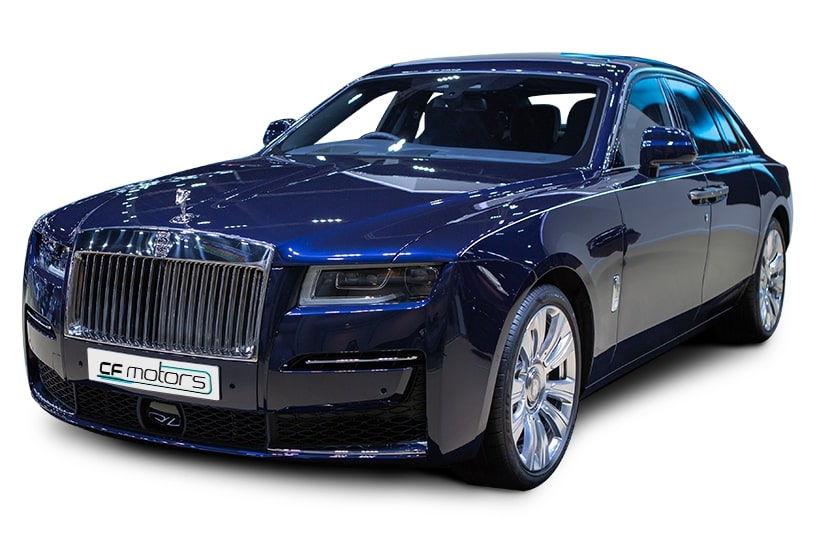
Rolls Royce Ghost
Vehicle details
- Publication year: 2017
- Engine: 6.6 liters - V 12
- Power: 570 hp
- Body style: sedan
Rolls Royce Wraith
Vehicle details
- Publication year: 2013
- Engine: 6.6 liters - V 12
- Power: 632 hp
- Body style: Coupé

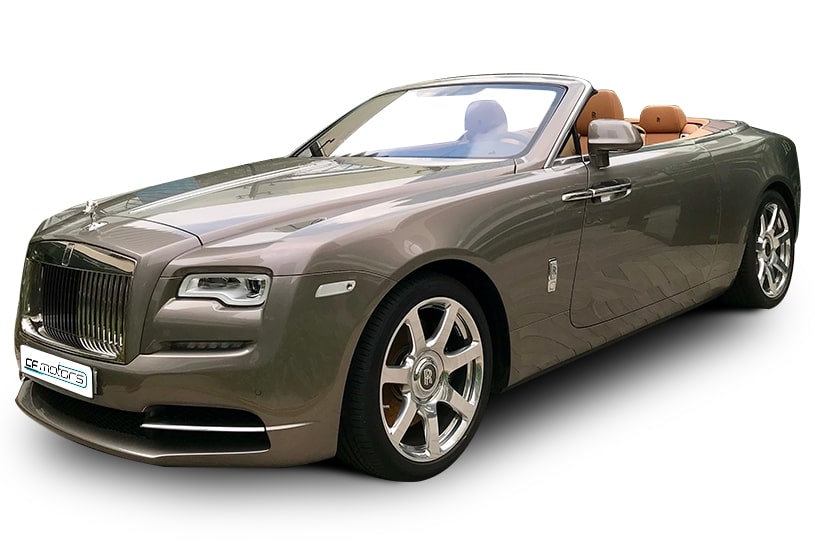
Rolls Royce Dawn
Vehicle details
- Publication year: 2016
- Engine: 6.6 liters
- Power: 571 hp
- Body style: sedan
Rolls Royce Spectre
Vehicle details
- Publication year: 2023
- Motor: Electric
- Power: 585 hp
- Body style: Coupé
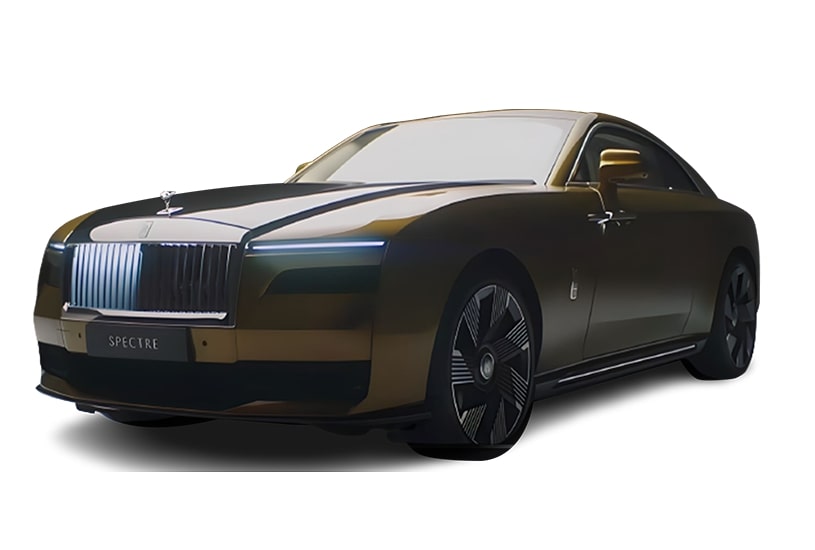
The history of Rolls Royce
Frederick Henry Royce was so dissatisfied with the quality of his French-built car that in April 1904 he developed 3 of his own prototypes of a 2-cylinder, 10-horsepower vehicle in Manchester. These drove more reliably and word of mouth dictated that a friend of his business partner persuaded a certain Charles Rolls to meet Royce. Rolls, one of the first commercial car dealers in Britain, had been looking for higher quality cars than those he imported from Belgium and France for some time, so Royce and Rolls had the same goal from the start. Without a big contract, the idea to "mass produce" the first Rolls-Royce model, the Rolls-Royce 10hp, was realized. Rolls-Royce was born!
As early as 1911, the first Silver Ghost bore the legendary ́Spirit of Ecstasy ́ radiator mascot, a female figure with a scarf blowing in the wind.
In the 1920s, Rolls-Royce vehicles were already legendary and were driven by the nobility and celebrities worldwide. In 1931, the largest competitor to date, Bentley, was bought up in order to be able to offer sportier self-driving vehicles. During the Second World War, production was suspended after the death of Henry Royce.
From 1946, the numerous namesakes for today's models were produced - including the Dawn, Wraith and Phantom. In the 1970s, the actual Rolls-Royce company went bankrupt. The engine manufacturers and car production were separated from each other.
From 1997, the rights to the Rolls-Royce radiator and radiator mascot ́Spirit of Ecstasy ́ belonged to Bentley. However, BMW had already secured the rights to the name, so Bentley and Rolls-Royce were separated and from the early 2000s Bentley belonged to the Volkswagen Group and both production and rights to Rolls-Royce belonged to BMW. This is still the case today, so both brands are in strong partnership with global German automakers.
Frequently asked questions:
Sample text) The two sports cars look very similar at first glance, yet both cars have exterior details that differ from each other. The 488 GTB has a larger mouth, which is rather deeper on the F8. The internal differences are already somewhat greater here. In terms of weight, the F8 is a bit lighter and has some room to move. But the Ferrari 488 GB is 2 tenths faster than the F8 Tributo.
QUESTIONS, WISHES OR CONCRETE IDEAS ALREADY?
Just give us a call or send us your contact details via our contact form. We will then get back to you immediately by Phone, Mail, WhatsApp or Telegram at your preferred time.
* Official data on fuel consumption, CO2 emissions, power consumption and electric range were determined in accordance with the prescribed measurement procedure and comply with Regulation (EU) 715/2007 as amended. NEDC figures take into account differences in the selected wheel and tire size in the case of ranges, and any optional equipment in the WLTP. WLTP values are used for the calculation of taxes and other vehicle-related levies that are (also) based on CO2 emissions and, where applicable, for the purposes of vehicle-specific subsidies. Where applicable, the NEDC values listed were determined on the basis of the new MLTP measurement procedure and converted back to the NEDC measurement procedure for comparability.
For vehicles newly type-tested since 01.01.2021, the official data only exists according to WLTP. In addition, according to EU Regulation 2022/195, the NEDC values will no longer be included in the EC certificates of conformity from 01.01.2023. Further information on the WLTP and NEDC measurement methods can be found at www.dat.de/co2
Further information on the official fuel consumption and the official specific CO2 emissions of new passenger cars can be found in the 'Guide on the fuel consumption, CO2 emissions and electricity consumption of new passenger cars', which is available at all sales outlets, from Deutsche Automobil Treuhand GmbH (DAT), Hellmuth-Hirth-Str. 1, 73760 Ostfildern-Schamhausen, and at www.dat.de/co2 is available free of charge. Illustration(s) show(s) optional equipment.
CO2 efficiency according to the WLTP measurement procedure What is WLTP?
Since 1 September 2017, certain new cars have been type-approved according to the Worldwide Harmonized Light Duty Vehicles Test Procedure (WLTP), a more realistic test procedure for measuring fuel consumption and CO2 emissions. From September 1, 2018, the WLRP will replace the new European driving cycle (NEDC). Due to the more realistic test conditions, the fuel consumption, power consumption and CO2 emission values measured according to the WLTP are in many cases higher and the ranges in many cases lower than those measured according to the NEDC. Currently, the NEDC values are still mandatory to communicate. In the case of new vehicles that are type-approved according to the WLTP, the above NEDC values are derived from the WLTP values below. These values correspond to your current configuration; if you change the equipment, these values may also change. From September 1, 2018, the vehicle tax will be calculated on the basis of the WLTP values determined.

